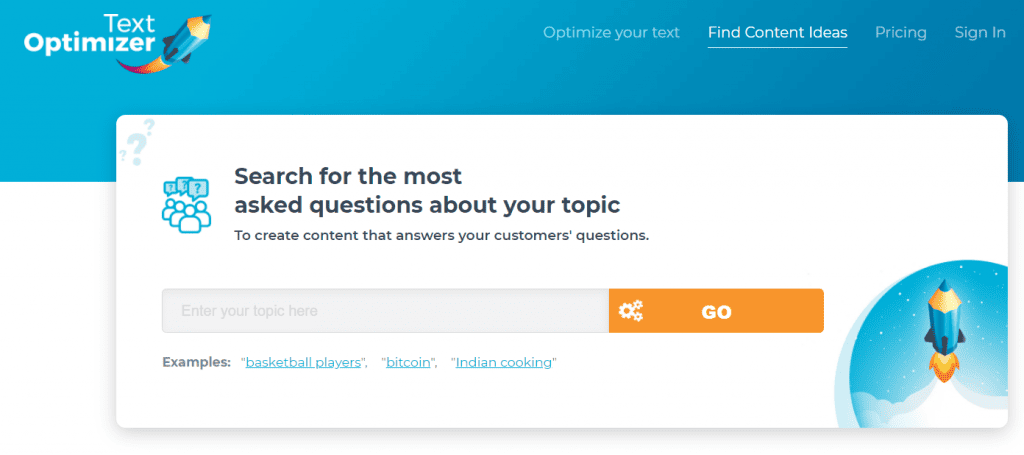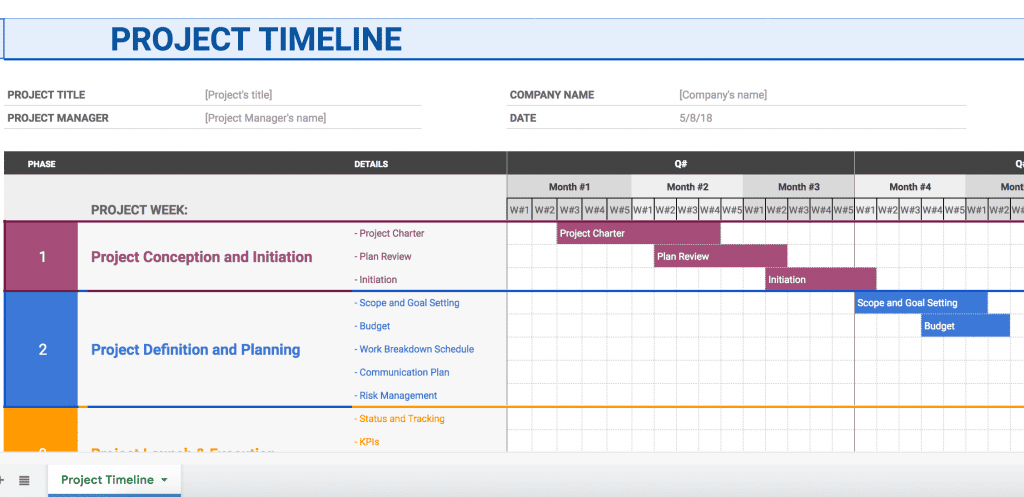A well-planned content strategy is key to creating effective web presence.
Content strategy should form a coherent picture of your brand and should be aimed at generating more business leads and conversions from your target audience.
When your content strategy is thoroughly planned, you are able to get more productive (and create more content), cater to your target customer better, get more consistent with your conversion optimization tactics, etc.
What to Include in Your Content Planning?
- Target Audience: Who is this content for? Is this just one demographic, or do you have a wide variety of people visiting your site? You may have to cater for more than one target audience, using various types of content and channels to reach a wider area of your target market.
- Solving a Problem: Usually a specific product is meant to solve a specific problem. What is your product and how does it add value to your subscribers? This defines your future content angles, holidays and awareness weeks you will be timing your content for and keywords you are going to use.
- Your Unique Brand: What is it that makes you stand out? Use your content to showcase in which ways you are better or different (or both) from your competitors. This could be packaged in any way you can imagine.
- Content Formats: There is a wide variety of formats you can use to package your content into, including infographics, blogs, videos and text articles. The formats you choose will depend on your budget and the audience you’re catering for.
How to Plan Your Content?
This can be a challenging part of the process. In order to keep tabs on everything that you’re creating and publishing, you should clearly define and communicate who’s creating which part of content.
The right blog post published at the right time could generate a steady stream of organic visibility.
Brainstorm
Find new ideas for what you want to have on your website and social media accounts. This is essential to your success. If you’re having trouble coming up with new ideas, there are plenty of sites that aid in generating ideas for new projects.
TextOptimizer is a great brainstorming and content optimization tool. Start with their “Content Ideas” tab and type in your core term there:

Clicking any question will get you to a different section of the site that recommends terms and topics to include in your content to better optimize it for search intent.
TextOptimizer uses semantic analysis to extract important terms and concepts from Google’s search results. It’s a great tool to create high-ranking content and it is able to direct your whole content creation process.
Some other research tools:
- Surfer SEO – to optimize your content
- Keyword Snatcher – to find thousands of related keywords
Create Your Content Timeline
Putting your content ideas into a timeline is key to getting organized. It lets you (and your team) know exactly how much time each asset will take and when you need to start working on it.
With most types of content and across most content marketing platforms, there is an ideal time to publish content. This would depend on your product, target market and location. Timing should be taken into account when setting up your publishing schedule.
While much of your content is likely to be evergreen, timely content will create spikes in your website traffic, hopefully converting new visitors into loyal customers.
Examples of timely posts would revolve around New Year, Easter and other holidays. There are many other options too, so don’t limit yourself. Niche holidays, or social media holidays, are real and might appeal to your target audience. Examples include Boss’s Day, Secretary Day or Hug and Engineer day. Find what appeals to your audience and leverage it to your advantage.
In order to keep track of everything you’re planning to publish, set up an editorial calendar. This will give you an overview of your plans, ensuring that your content is diverse and well-balanced.
You can use Google Drive to put your plan together. It’s great for collaboration and it’s extremely flexible. You can color-code, put notes and comments, tag your team members to take care of specific remarks, etc.
Here’s how to create a timeline in Google Docs easily. I use their template to put together a weekly timeline for each of my campaign asset:

Come up with Format(s)
The type of content you create would depend on your product and your target audience. It is usually a good idea to vary your content in order to keep things interesting. Some types of content to consider, include:
- Blog posts
- E-books
- Case studies
- Templates
- Infographics
- Videos
- Podcasts
- Social media
For the above, there are many rules of thumb to follow in order to get the most out of each item. Many online tools and resources are available to help content
Here are must-have tools to help you create better content:
- Problogger’s 31 Days to Build a Better Blog
- Visme for infographics
- Camtasia for videos
- Grammarly for proofing your writing
Don’t forget Kathryn’s book, The Business Blog Handbook!
And these helpful tips for content writers:
- Content Repurposing: Why You Need It and How to Do It
- How to Create Content for Difficult Niches
- How to Promote Your Infographics
- How To Write The Perfect Blog Post
In Closing
Now that you have an overview of what a content marketing plan entails, I hope that you will enjoy leveraging your content marketing strategy to increase your bottom-line far beyond what you imagined to be possible.
Are there any other tools you are using to plan your content marketing strategy? Please share in the comments!
About the Author: Anna Fox is a freelance writer helping fellow freelancers find jobs.


